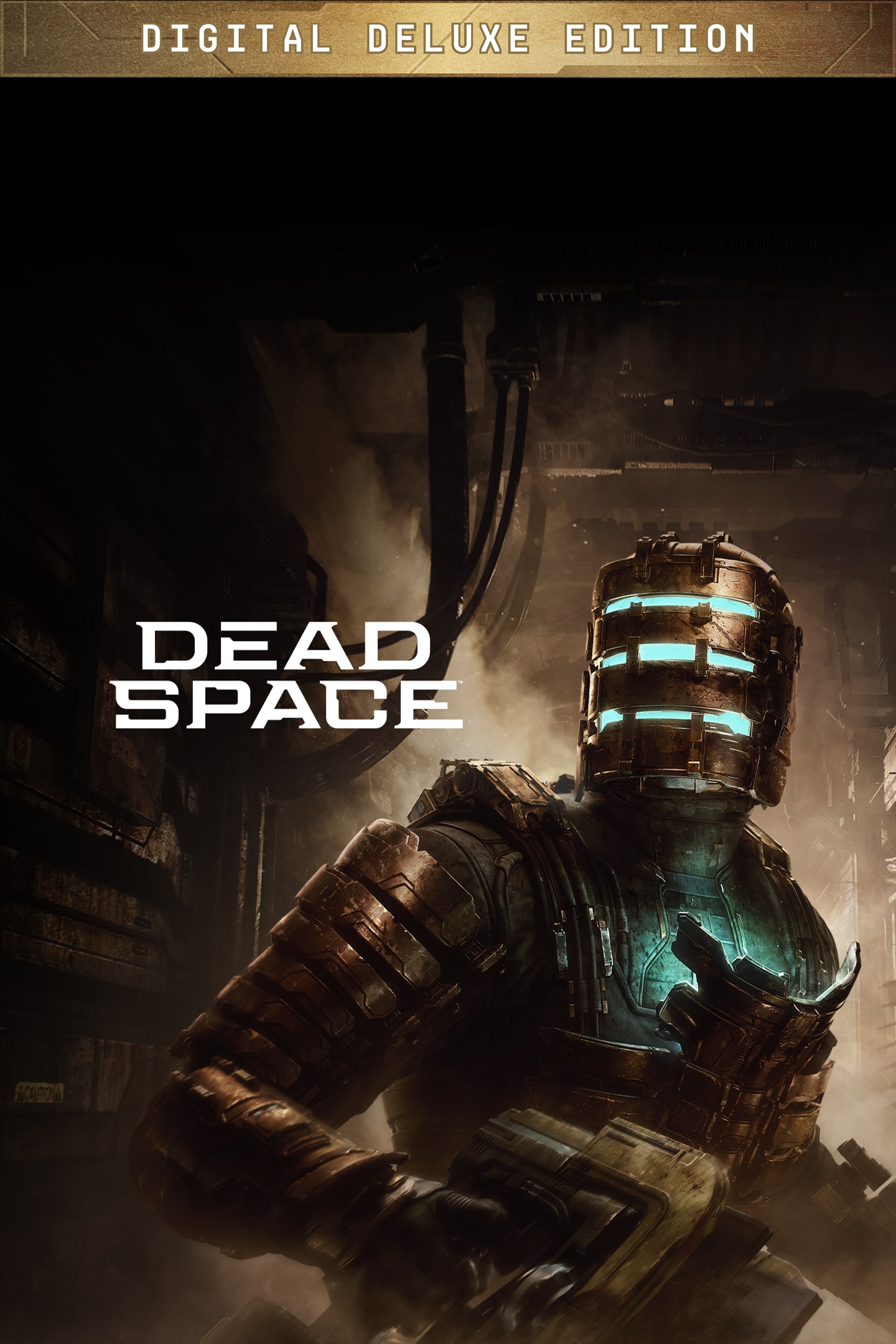

The Ishimura and its mutated inhabitants look great, and traversing the blood-stained corridors is even more harrowing thanks to the show-stealing lighting. The improved presentation turns Dead Space, already a looker in its day, into a gory feast for the eyes. A few performances, though, namely Hammond’s, fall flat in a way that feels preserved from the late 2000s. Motive also did a good job weaving his new dialogue into the existing script, which remains unchanged in most instances. Plot twists and revelations hit harder now that he can believably react to them. As in those games, the plot benefits from Isaac feeling more like a real person instead of a silent errand boy. The exception is a surprising change to a memorable moment later in the game – a rework that makes more sense in context to the point that I now prefer it over its original incarnation.Īnother prominent narrative difference is that Isaac now talks, voiced by the same performer who brought him to life in the Dead Space sequels. Outside of tightening continuity and adding welcomed background on side characters, these differences don’t dramatically alter the story’s flow or events. The story from the original is largely intact, but with some key elements either remixed or expanded with greater context based on lore established later in the series. In addition to stopping this extraterrestrial menace and untangling a conspiracy centering on a theistic cult, Clarke must also uncover the fate of his girlfriend, Nicole, a doctor stationed on the ship. An outbreak of vicious aliens called necromorphs has ravaged the Ishimura thanks to their ability to transform corpses into members of its ranks.

Dead Space's story centers on engineer Isaac Clarke joining a small team to answer a distress call from the USG Ishimura, a massive mining ship designed to “crack” planets and siphon their precious minerals.


 0 kommentar(er)
0 kommentar(er)
